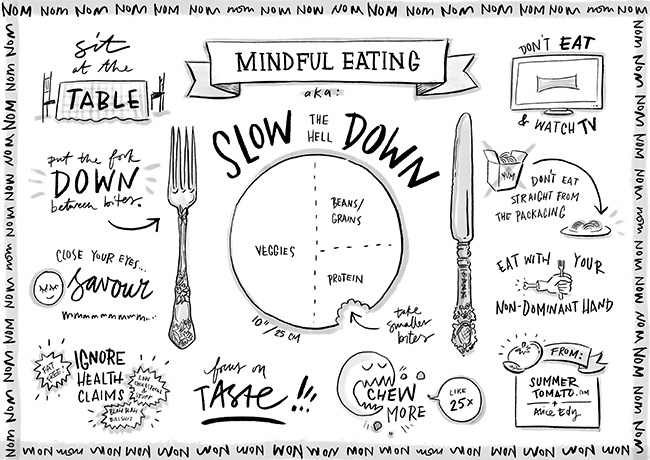Warm up your Spring with a
3 MONTH MEMBERSHIP
for
ONLY $250!
Offer expires May 31, 2018!
Interested? Get in touch:
[contactform email=”leo@vimfitness.com”]
We value your privacy
We use cookies to enhance your browsing experience, serve personalised ads or content, and analyse our traffic. By clicking "Accept All", you consent to our use of cookies. Privacy Policy
We use cookies to help you navigate efficiently and perform certain functions. You will find detailed information about all cookies under each consent category below.
The cookies that are categorised as "Necessary" are stored on your browser as they are essential for enabling the basic functionalities of the site. ...
Necessary cookies are required to enable the basic features of this site, such as providing secure log-in or adjusting your consent preferences. These cookies do not store any personally identifiable data.
No cookies to display.
Functional cookies help perform certain functionalities like sharing the content of the website on social media platforms, collecting feedback, and other third-party features.
No cookies to display.
Analytical cookies are used to understand how visitors interact with the website. These cookies help provide information on metrics such as the number of visitors, bounce rate, traffic source, etc.
No cookies to display.
Performance cookies are used to understand and analyse the key performance indexes of the website which helps in delivering a better user experience for the visitors.
No cookies to display.
Advertisement cookies are used to provide visitors with customised advertisements based on the pages you visited previously and to analyse the effectiveness of the ad campaigns.
No cookies to display.
[contactform email=”leo@vimfitness.com”]
First of all, your stomach and your mind are connected by what’s called the enteric nervous system. You know that feeling when you look up #foodporn and then your belly starts to grumble? Yup, that’s it. It also works the other way around: when you’re eating nutrient-dense food, you’re happier. When you gorge on some greasy fried food, you get an endorphin high for a bit, and then your mood plummets.
Often times people underestimate the power the mind can have over choices, emotions and physical feelings. But if these examples are not enough, try it yourself. If you pause, close your eyes, and just focus on your breath for a few minutes, you may notice your responses to hunger cues have changed. Because when you start to tune in to your mind and body, the distracting stimuli of the world fade away. Now you recognize whether you’re actually hungry, or if that was just a tasty-looking photo.

Your brain is like a muscle that needs to be flexed and challenged often if it is to get stronger or develop a new habit. A short, simple, daily meditation practice can help change your attitude towards food and actually aid in weight loss.
After a few weeks of daily meditation, usually it starts to become easier to quiet your mind. Don’t get frustrated if it seems like a daunting task that never improves – this is natural and will ease with practice. You just have to let go of your goals, return to your breath, and let yourself make mistakes. It’s ok! Let the thoughts come and go.
In our always-working society, people are multitasking while eating. If you can, try to put away distractions for just 20 minutes and really think about your food. Chew it fully, place your fork down in between every bite. Focus on the flavor, the texture, and how it feels to eat each bite of food. When you’re finished, notice how you feel. Do you still feel hungry? Are you full or satisfied? By practicing mindfulness when eating, you can become more in-tune with your hunger cues. You may find you’re not as hungry as you initially thought, or that a certain food is more flavorful than you realised. Mindful eating makes you not only feel more satisfied, but also more grateful for the nourishment you’re getting and more positive after your meal has ended.
I could attempt to list all the holistic health benefits of meditation, but I will leave that for your googling pleasures. But today, challenge yourself to one meal or snack where you remove all distractions, slow down and truly taste your food.
Blog post written by Trainer, Sarah Oliver
[button link=”https://vimfitness.com/nutrition/” text=”LEARN MORE” color=”green” size=”large” fullwidth=”true”]

Blog post written by Trainer, Sarah Oliver
[button link=”https://vimfitness.com/nutrition/” text=”LEARN MORE” color=”green” size=”large” fullwidth=”true”]
[contactform email=”leo@vimfitness.com”]
Package Includes
[contactform email=”tyler@vimfitness.com”]
University Park
350 Massachusetts Avenue
Cambridge, MA 02139
(617) 577-1100
Hours of Operation
Weekdays: 5:30am-9:30pm
Weekends: 9am-7pm
_____________________
Central Square
579 Massachusetts Avenue
Cambridge, MA 02139
(617) 945-2708
Hours of Operation
Weekdays: 6am-10pm
Weekends: 8am-8pm
